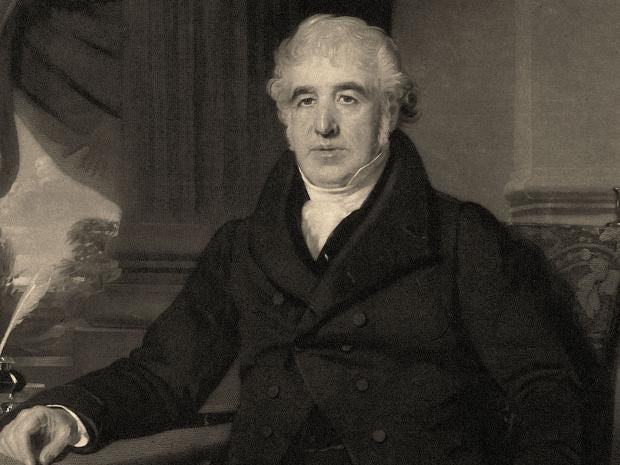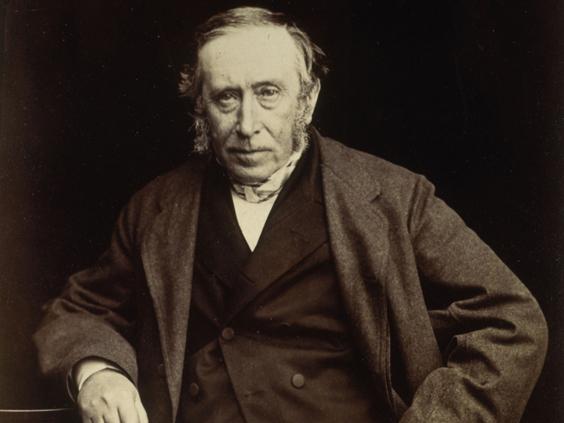
Charles Macintosh’s name has become synonymous with raincoats around the world – garnering a Google Doodle to celebrate his 250th birthday - but did the Scottish scientist really invent the revolutionary garment?
Macintosh is famed for patenting a new kind of waterproof fabric in 1823 that used a layer of liquid rubber sandwiched between two pieces of cloth, replacing the heavy and pungent oiled material donned for centuries.
But five years before he patented his famed process, another Scot had discovered how to make a rubber solution that would repel water.
James Syme, a surgeon and chemist based in Edinburgh, had discovered a derivative of coal tar (naphtha) could dissolve rubber and published his findings in Thomson's Annals of Philosophy.
It was the same process used by Macintosh following his own chemistry experiments with waste from Glasgow’s coal-gas works, and it has been claimed that the inventor had read Syme’s work before developing it for his own uses.
While Syme, uninterested in commercial matters, failed to patent his valuable discovery and continued to build a noteworthy career in surgery, Macintosh stamped his name on the idea in June 1823.
His patent, number 4,804, described how to “manufacture for rendering the texture of hemp, flax, wool, cotton, silk, and also leather, paper and other substances impervious to water and air”.
Syme’s paper had not detailed the crucial sandwich-type construction employed by Macintosh, although this too was not completely new.

A photo of James Syme, a Scottish surgeon, taken in around 1855 (Flikr)
Spanish scientists previously used the method to make leak-proof containers for mercury, and renowned British balloonist Charles Green made a balloon envelope that applied the same principle in 1821.
French scientists also made balloons gas-tight and impermeable by impregnating fabric with rubber dissolved in turpentine and the use of rubber to waterproof fabric dates back to the Aztecs, who used natural latex.
But what made Macintosh’s invention revolutionary was its ease of manufacture and wear, seeing him swiftly launching into the production of cloth to be converted into coats and other garments by tailors in Glasgow.
The early versions were far from perfect, becoming stiff in the cold, sticky in the heat, and causing discomfort for wearers by trapping their sweat.
Tailors were initially reluctant to use the problematic fabric, causing Macintosh to set up his own company and move the production of waterproof clothing to Manchester.

An advert for the Macintosh in Carson, Pirie, Scott & Co's 1893 catalogue
As news of his invention spread, the repeated misspelling of the inventor’s name is thought to have popularised the description of the resulting coat as a “Mackintosh” – a name that has stuck to the present day.
In 1830, his company merged with a clothing firm owned by Thomas Hancock, who had been experimenting with rubber-coated fabrics for years.
Macintosh’s new partner patented his own method for vulcanising rubber that ironed out many problems and drove the popularity of raincoats and riding garments later supplied to the British Army, railway workers, police and on the Arctic expedition led by Sir John Franklin in 1924.
Macintosh was elected as a fellow of the Royal Society for his contributions to chemistry and enjoyed considerable success before his death in 1843, aged 76.
First sold in 1824, his coat remains on the market in numerous forms across the world, including from the luxury brand still bearing its inventor’s name.
No comments:
Post a Comment